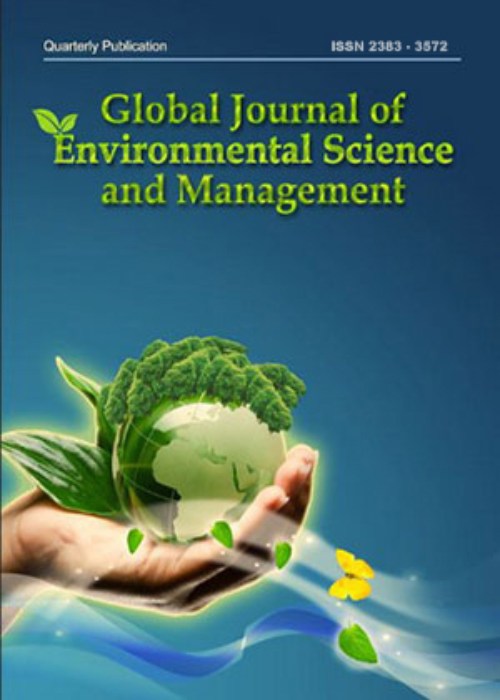Application of microbially induced calcite precipitation to mitigate soil frost heave
Author(s):
Article Type:
Research/Original Article (دارای رتبه معتبر)
Abstract:
BACKGROUND AND OBJECTIVES
Soil frost heaving causes significant destruction to road pavements, railways, pipelines, and other lifeline infrastructures. The conventional methods for dealing with the soil frost heave are primarily based on using the materials whose production and use are harmful to the environment. Due to the recent ecological concerns, developing novel alternative methods has received much attention. This study aims to investigate the possibility of using the microbially induced calcite precipitation method to control soil frost heave for less pollution introduction to the soil.METHODS
In this study, the Sporosarcina Pasteurii bacterium was used for calcite precipitation. The influence of three factors in four levels, including bacteria concentration, cementing solution concentration, and curing time, was investigated based on a plan set by Taguchi design of experiment method. The results were obtained by analysis of means and analysis of variance statistical methods and compared with the conventional frost heave reduction methods.FINDINGS
The results were presented in terms of heave ratio. Based on the testing results, the heave ratios (frost heave ratios of the treated to untreated samples) were obtained to be in the range of 0.21 to 0.42. The results showed that bacteria concentration was the most influential factor in the total frost heave of the treated soil. The influence of curing time was in second place, and the effect of cementing solution concentration was relatively less. The minimum frost heave was achieved in 108 colony-forming units per milliliter bacteria concentration, 0.6 mole per litre cementing solution concentration, and 21 days of curing.CONCLUSION
The findings indicated that the used method could be efficiently used to reach the desired objective. The heave ratios obtained by this method were promising to a great extent compared to the conventional methods. The reduction of frost heave due to the application of this method was attributed to the precipitated calcite within the soil voids and was justified by the scanning electron microscopy images of the treated soil samples. This study proved that the proposed method might be utilized as a potential ecological-friendly approach in the future researches.Keywords:
Language:
English
Published:
Global Journal of Environmental Science and Management, Volume:9 Issue: 2, Spring 2023
Pages:
193 to 210
magiran.com/p2498062
دانلود و مطالعه متن این مقاله با یکی از روشهای زیر امکان پذیر است:
اشتراک شخصی
با عضویت و پرداخت آنلاین حق اشتراک یکساله به مبلغ 1,390,000ريال میتوانید 70 عنوان مطلب دانلود کنید!
اشتراک سازمانی
به کتابخانه دانشگاه یا محل کار خود پیشنهاد کنید تا اشتراک سازمانی این پایگاه را برای دسترسی نامحدود همه کاربران به متن مطالب تهیه نمایند!
توجه!
- حق عضویت دریافتی صرف حمایت از نشریات عضو و نگهداری، تکمیل و توسعه مگیران میشود.
- پرداخت حق اشتراک و دانلود مقالات اجازه بازنشر آن در سایر رسانههای چاپی و دیجیتال را به کاربر نمیدهد.
In order to view content subscription is required
Personal subscription
Subscribe magiran.com for 70 € euros via PayPal and download 70 articles during a year.
Organization subscription
Please contact us to subscribe your university or library for unlimited access!


